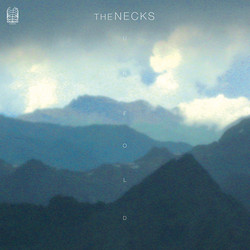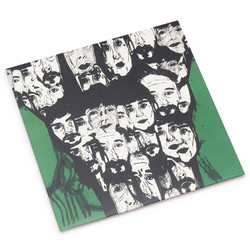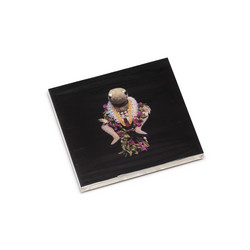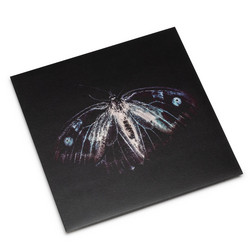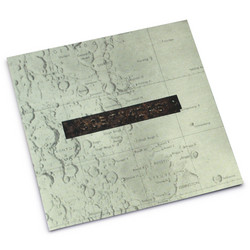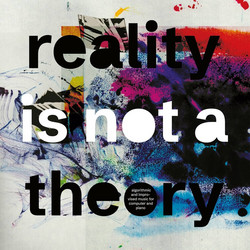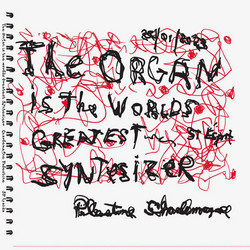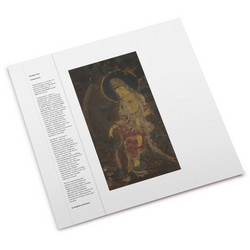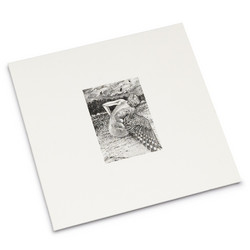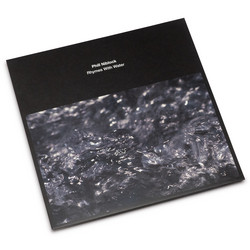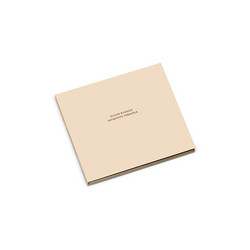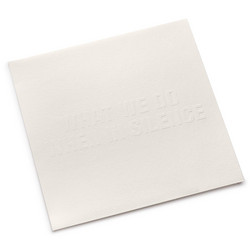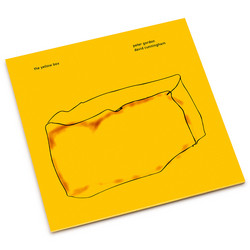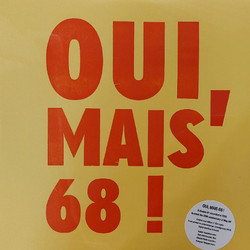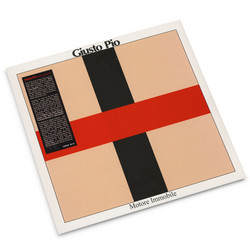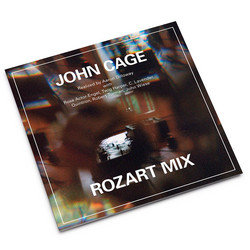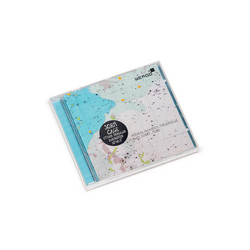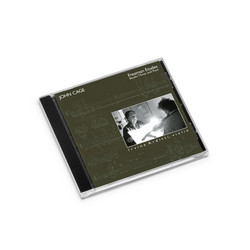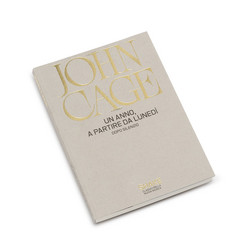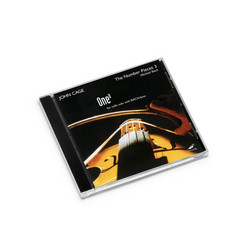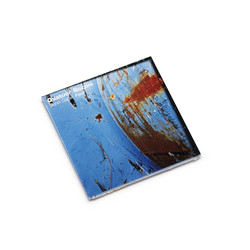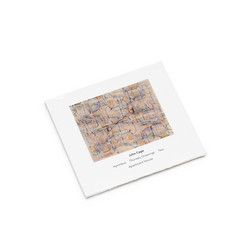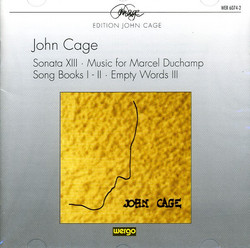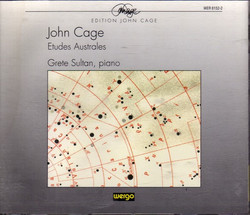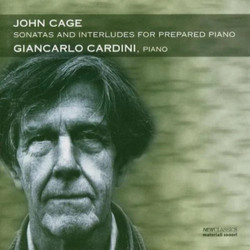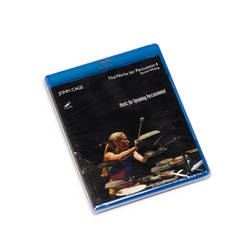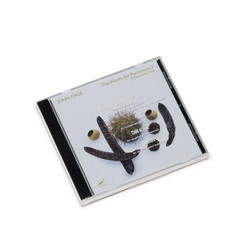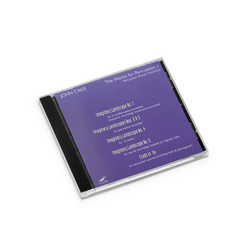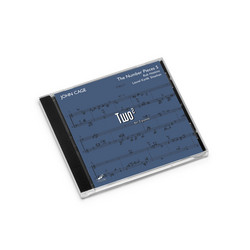This documentary by Oscar-winner Allan Miller and Emmy-winner Paul Smaczny pays tribute to the most fascinating American avant-garde composer John Cage. Shot in America, Germany and Japan, the program premieres rare archival footage; presenting concert excerpts and a set of short episodes, featuring associates of Cage and contemporary artists, playfully delineating different aspects of John Cage. The documentary features interviews with Yoko Ono, David Tudor, Christian Wolff, Steffen Schleiermacher, Irvine Arditti, Toshio Hosokawa, Mayumi Miyata, Calvin Tomkins and many others. “John Cage – Journeys in Sound“ will delight and enthral both Cage novices as well as die-hard fans.
It features Cage himself, framed in a black-and-white television tube, appearing on a 1950s TV program. The host seems amused to have Cage there, and by all his warnings, clearly expects disaster and derision. Cage welcomes it, unflappably beginning his on-air performance by pulling a firecracker popper. He will play with toys, whistles, water, and electronics, all for the pleasure of making noise for the home audience.
It's a brave act on Cage's part. He's not afraid that he'll be made fun of. If he was, he wouldn't do what he does. Neither are the filmmakers afraid that the audience won't come to them on the same terms. What we see there could easily be polarizing, separating those who can get into Cage's approach to music from those who can't. His avant-garde, ambient compositions are the very thing that so many people don't get about modern art. It seems haphazard, chaotic, and a total put-on if taken at face value. It's a racket, both in terms of sound and the alternate meaning, of being a con game. "My kid could do that!"
Except, of course, your kid can't. Not in this way, not with this precision, and certainly not with the same passion and intent. That is what John Cage: Journeys in Sound attempts to break down and understand: Cage's intent. Why did he approach music in such a perplexing way, and what can we draw from it? What was the composer saying about life and how we interact with it? What is he expressing about the possibility of sound? And then it gives you the opportunity to hear it and judge for yourself.
Using archival footage, including performances and interviews, and matching it with current admirers talking about and even performing some of Cage's famous work, Miller and Smaczny take apart some of the more well-known pieces from Cage's oeuvre and show us how the pieces were put together. We see the author's unconventional sheet music, as well as the devices he constructed to get his specific, desired sounds. Featured pieces include "Water Music" and "Sonata I," as well as other showcases for his approach to percussion and rhythm and also his appreciation of drones. John Cage: Journeys in Sound avoids Cage's life for the most part, eschewing the standard mapping of the creative genome using childhood anecdotes and the like. The closest we get is old footage of the late musician on a mushroom hunt, talking about his passion for finding the beauty and variety in these natural occurrences. No fine point needs to be put on it. It's exactly how he went about gathering sound, finding the incongruous and the dissonant, and putting them together to make something whole and pleasurable.
John Cage: Journeys in Sound is a great introduction to Cage's work, or even a solid reminder of what the more educated might already know (much of it was new to me). If you're at all interested in modern music, particularly the kind that goes off the beaten path, you should find Cage's accomplishments intriguing and even enjoyable. Even though the filmmakers don't spend any time talking about who Cage influenced (even if John Lennon and Yoko Ono do pop in briefly), you'll probably hear the seeds of other things you knew, ranging from the current work of Scott Walker, the indie experimentation of Sonic Youth, and the roots of various genres of electronic music. John Cage: Journeys in Sound is a real eye opener.

